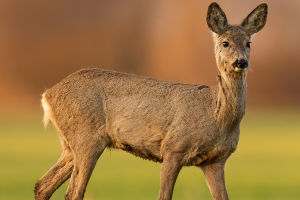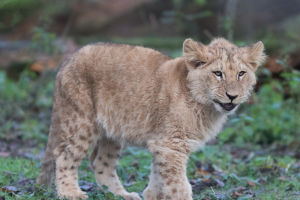The placement and structure of eyes in animals have evolved according to their specific needs and lifestyles. Humans and rabbits, for example, have distinct differences in their eyesight due to their different evolutionary histories.
Humans and their ancestors required good eyesight and color differentiation to locate and collect fruits while climbing trees.
As a result, human eyes are positioned directly in front of their face, providing depth perception and a wide range of colors.
Humans have three types of color-sensing cone cells in their retina, allowing them to distinguish between a wide range of colors.
Rabbits, on the other hand, evolved as herbivores and did not need to climb trees to find food. Instead, they needed to be able to see predators from a distance and detect movement in their surroundings.
Their eyes are located on the top of their head, providing a near 360-degree field of vision. However, rabbits have a small blind spot directly in front of them, making it difficult for them to see in three dimensions.
To compensate for this, rabbits have a keen sense of smell, which they use to detect potential predators or food sources.
While rabbits can distinguish between some colors, they are considered to be color-blind compared to humans.
They have only two types of color-sensing cone cells in their retina, limiting their ability to perceive a range of colors.
However, they can distinguish between certain wavelengths of light, such as green and blue, and can differentiate between them.
The retina of rabbits is composed of more cone cells than rod cells, which are responsible for detecting light and dark.
However, the number of cone cells in rabbits is significantly lower than in humans, resulting in a relatively lower visual acuity.
Rabbits rely on their other senses, such as smell and hearing, to compensate for their limited eyesight.
Contrary to popular belief, rabbits are not nocturnal animals. They are crepuscular, meaning they are most active during dawn and dusk. Their eyes are adapted to seeing in low light conditions, making them less effective in full daylight or during the dark hours of the night.
The placement and structure of the eyes of humans and rabbits have evolved to meet the specific needs of their respective lifestyles.
While humans have a superior ability to perceive colors and see in three dimensions, rabbits have adapted to detect movement and potential threats from a distance.
Despite the differences in their eyesight, both humans and rabbits can function effectively in their respective environments.


